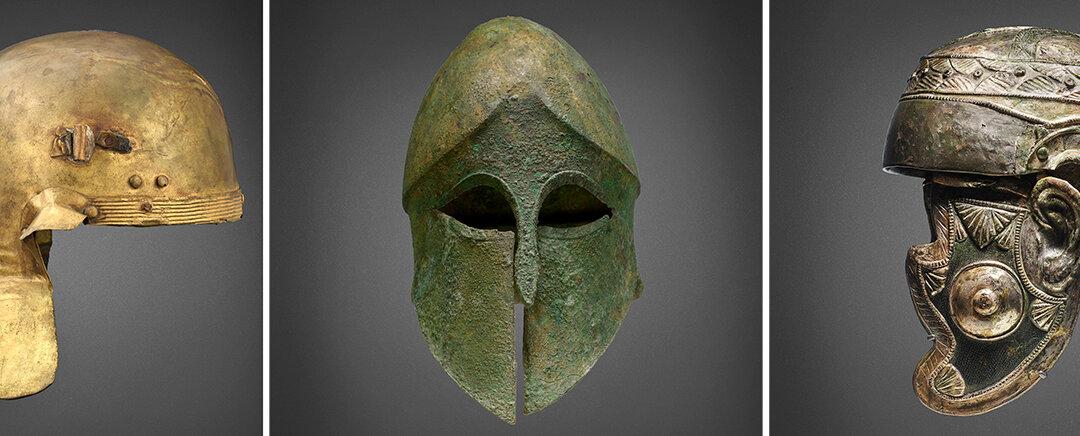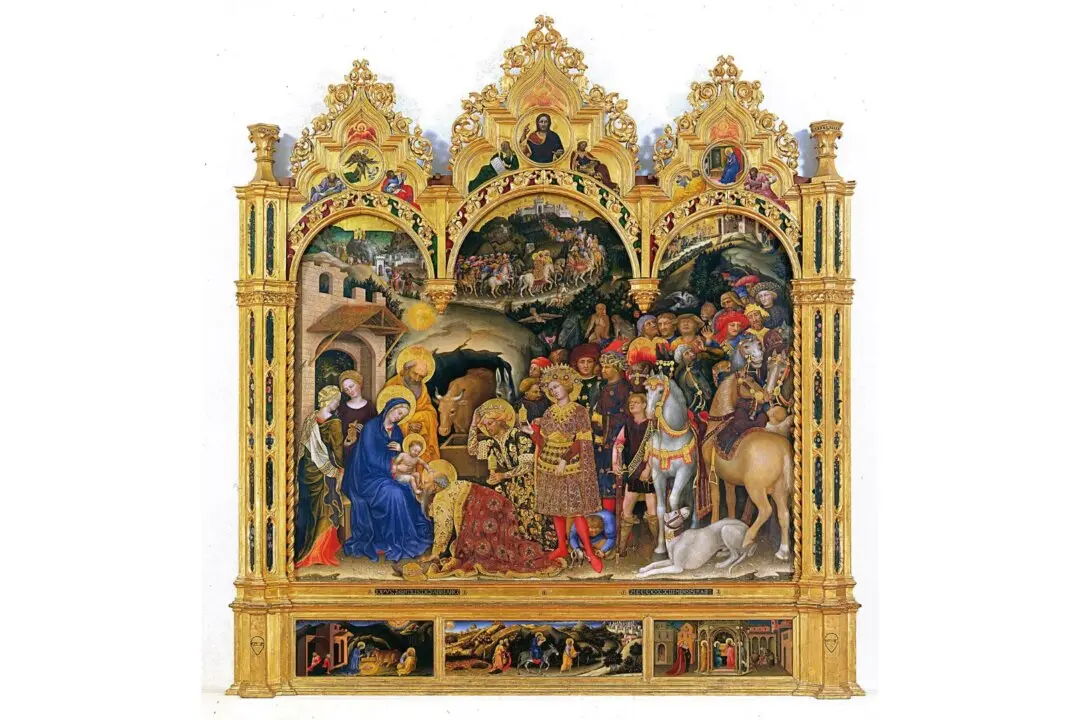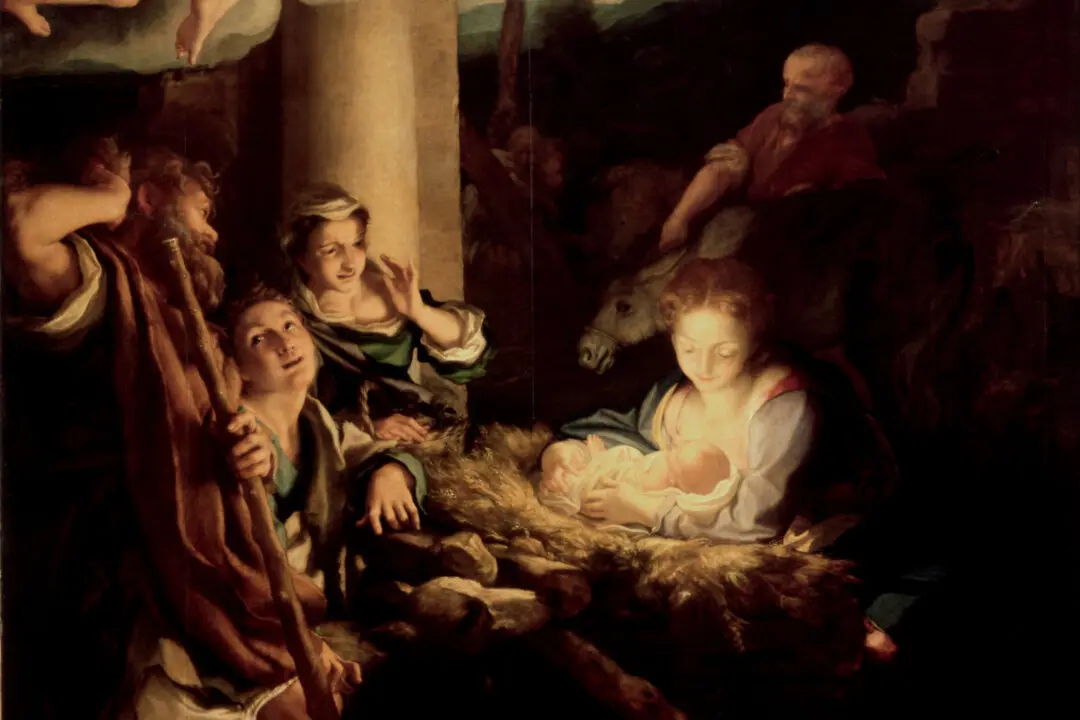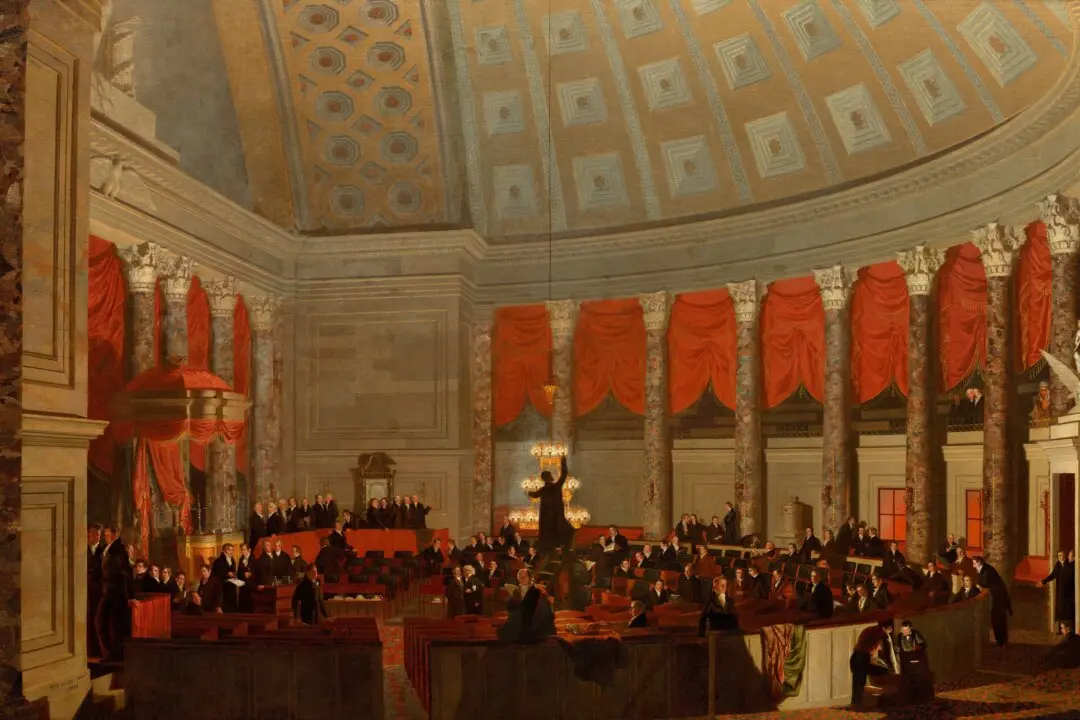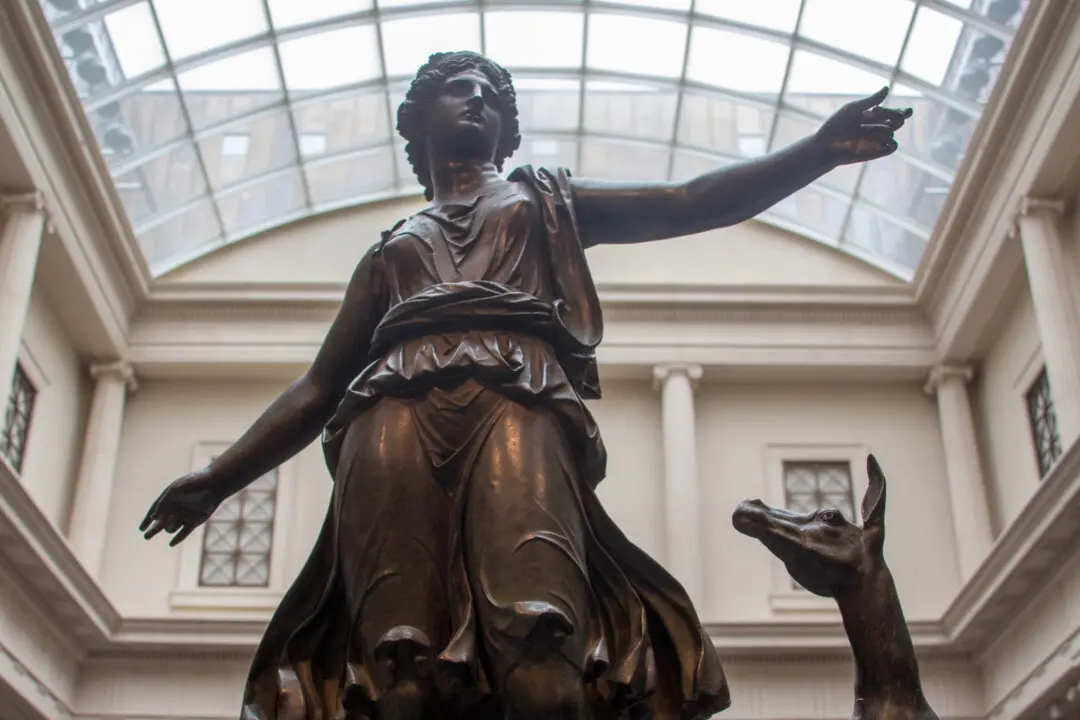An extraordinary auction is taking place Jan. 30 at Christie’s New York: “Arms and Armour from the Mougins Museum of Classical Art, Part I.” This 36-lot sale, on view from Jan. 26-29, comes from the largest private collection of ancient Greek and Roman arms and armor. The acclaimed Mougins Museum of Classical Art (MACM) featured these pieces alongside antiquities that were juxtaposed with Contemporary art inspired by the classical world—all owned by the British former commodities trader and art collector Christian Levett.
In 2011, Levett opened MACM in Southern France, housing the collection in a former mill he restored. Passionate about military history since childhood, Levett assembled an incredible collection of backplates, breastplates, helmets, and swords from the ancient Mediterranean world and displayed them on the entire top floor of MACM. Many of these objects trace their provenance to the German industrialist Axel Guttmann, considered the greatest 20th-century collector in this category. Levett closed MACM in 2023, after his collecting interests shifted gears. This is the catalyst for the upcoming Christie’s sale, one of six in total that will sell MACM’s collection.

